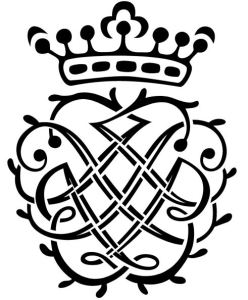Bach and Handel: Great Balls of Fire
Orchestra of the Age of Enlightenment, Steven Devine
Kings Place. 1 March 2018
Handel: Organ Concerto Op. 4 no. 1
Handel: Organ Concerto Op. 7 no. 5
Bach: Brandenburg Concerto no. 5
Under the banner of the Kings Place ‘Turning Points’ series (which aims to explore the hidden secrets of the great composers) and a very silly concert title (‘Great Balls of Fire’), the OAE presented three examples of the 18th-century keyboard concerto, contrasting two of Handel’s Organ Concertos with Bach’s 5th Brandenburg Concerto. Composed for entirely different audiences and occasions, the Bach and Handel pieces reflect key moments in the development of music. A pre-concert talk by the chief executive of the OAE, given in the rather booming style of a schoolmaster (I use the gender-specific term deliberately) lecturing a lower-sixth general studies course, gave some background to the concert and the three pieces were to hear. The concert itself lasted just one hour, without interval. It was followed by a Q&A session with the performers and an encore, voted for by the audience from a list of three.
Handel’s organ concertos were composed (if that is the correct word) for performance during oratorios, generally during the interval but, in the case of one of the two of the evening, forming part of the oratorio itself. The scores are scant in the extreme, with lengthy passages merely marked as ad lib, no doubt for Handel to improvise on the spot. Apart from those at the first performances themselves, most people would have got to know these concertos through the keyboard parts published by Walsh, with short indications of the orchestral input. These solo keyboard versions were re-published many times over the following decades, unlike the orchestral parts which remained unpublished until modern times. Stephen Devine played an organ of similar scale as Handel would have used, albeit with the pipe crammed into a box, rather than displayed above the keyboard.
For Bach, the 5th Brandenburg Concerto was (possibly) his opportunity to demonstrate a new harpsichord for a princely court and/or, together with the other five Brandenburg Concertos, a possible calling-card for an invitation to a new post in the court of the Margrave of Brandenburg. But musically, the importance of the 5th Concerto was to thrust the harpsichord into the foreground of musical thought. the opening movement starts with the harpsichord as a busy member of a trio of soloists, joining the flute and violin. But it is soon evident that the background scoring of the harpsichord is much busier than the other two instruments, with virtuosic flourishes, until the moment that it eventually it takes over with an extraordinary 65 bar solo harpsichord extravaganza. Stephen Devine brought just the right amount of improvisatory zeal and panache to this solo, without overdoing things. Kati Debretzeni and Lisa Beznosiuk were the sensitive violin and flute soloists. I particularly liked Kati Debretzeni beautifully delicate links back to the main theme of the final Allegro.
Fortunately, given the complex stage rearranging between the Handel and Bach, and the retuning required, the audience chose the final Bach Allegro as the encore.
